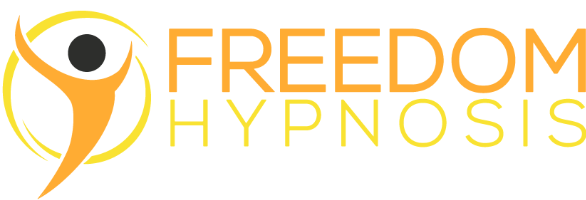I’m a big fan of resilience. In fact, I believe resilience is the difference that makes the difference in determining who comes through my door and who doesn’t.
As Richard Bandler says, the reason we have problems is that we were born. From the starving 10 year old girl sold into marriage through to the wife of a rich dictator. Certainly, the scale or threat of the problems are different but over the course of a day, a month or a year we all have better times and worse times and some of those times things will be substantially out of normal the normal range of which we define as comfort.
A one-off incidence of bullying, for instance, of a child, spouse or parent might result in little or no discernible behaviour but repeated bullying over a period or several severe incidents in a row have a tendency to push people through a threshold. Resilience describes the limits through which a person is tested before emotional damage occurs. As we can heal a physical injury if its small enough, repeated injury or a severe injury will not heal as well or at all. The levels of resilience to physical injury is mostly genetic; the limits of resilience to emotional injury are psychological. As with psychological elements there are debates over nature and nurture (always they ignore personal effort and focus) but as resilience is very much a teachable skill, I’m unconcerned whether a person’s natural levels of resilience comes from his environment or his genetic endowment.
Phobias are strong emotional reactions to a learned stimulus – usually one trial learning from childhood. Post traumatic stress disorder has a similar structure but is more often experienced after many traumatic evens and generally as an adult. The emotional disturbance is less attached to a given stimulus but can persist over prolonged parts of a persons existence including their dreams.
In each case, the person was pushed past a threshold which put them into emergency. The set of emotional and behavioural responses exhibited of the two tend to persist: fight, flight or freeze (the basic mammalian fear responses) and they can appear quiet childish, tantrum like, in some cases since they have not updated as the person has grown. Part of the problem is the lack of new information and emotional flexibility available to the person.
Although phobias and PTSD are considered quite extreme behaviours, anger guilt and worry, can have the same structure, poor emotional and behavioural flexibility.
Thankfully, we know that once understood these patterns of behaviour are very open to change under the right circumstances. The resilient person has these skills naturally, the chronic sufferer has to learn them.
Cognitive Hypnotherapy provide us not only with a framework for understanding exactly how these problems manifest themselves but also a wealth of techniques and treatments to systematically and comprehensively dismantle the automatic mental processes and update them so that new responses begin to occur naturally.

Recent Comments